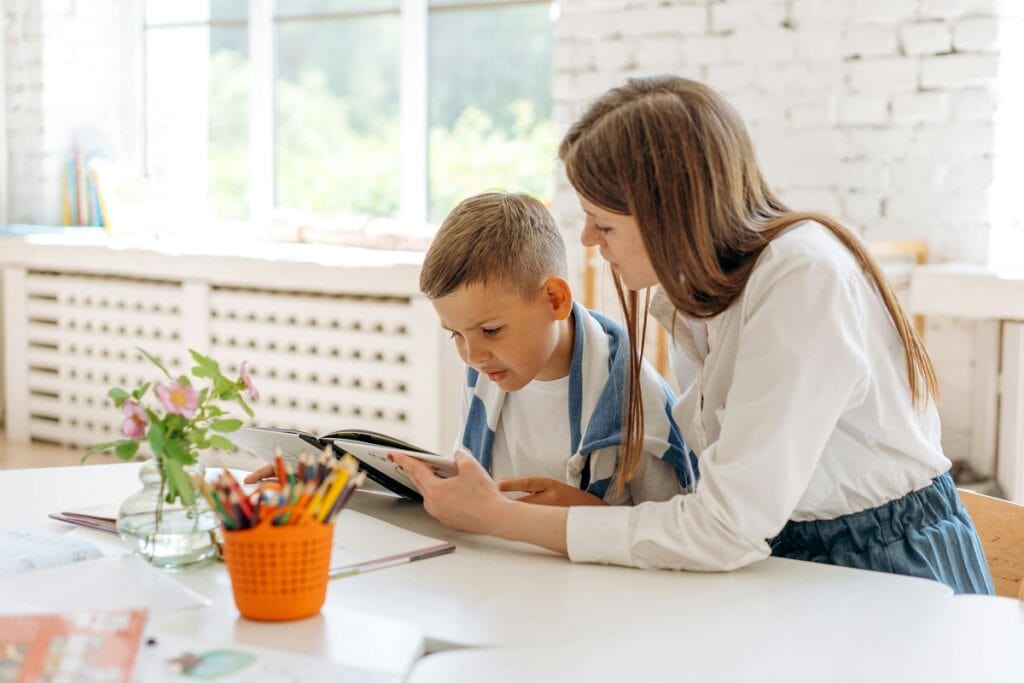Raising bilingual and bicultural children provides them with a lot of benefits but it can be challenging at times. Children learn more about their roots and history while understanding that all of their friends also have their own unique history and culture. It helps kids understand at a young age that they need to be accepting of people who have different values and customs and not to think of one culture as “better” than others.
However, not every parent teaches their children the same values, so your children may face societal pressure, especially to conform to the majority language.
Online therapy for bilingual families can help the entire family understand and address cultural and language barriers.
Addressing Cultural and Language Barriers
It is easier for children to open up to a therapist who can speak their language – both metaphorically and literally! There are several platforms that have bilingual therapists who can address the unique challenges faced by Spanish-speaking families. For instance, the platform Talkspace has an option to select a therapist who speaks Spanish or other languages. Depending on the ages of your children and family preferences, you can opt for video, audio or text-based communication.
Therapy sessions typically cost $100 to $200 per session so you should compare online therapy services that accept insurance – this way, you only have to pay your co-pay rather than foot the entire bill. While many platforms match you with a therapist based on a questionnaire, some platforms like Zocdoc allow you to filter for providers within your insurance network so that you can go through profiles and pick someone who you believe is the best fit for your family.
Language proficiency is an important factor but it is equally important to find a therapist who understands your cultural nuances, traditions, and values. It’s easy for children to learn English when they are surrounded by teachers and friends who have English as their mother tongue. In some cases, teachers may try to dissuade children from learning another language and “encourage” them to focus only on English. This can be a particularly difficult situation for a child to navigate since they have been brought up in a culture that upholds respecting and listening to elders. Children are often too afraid to even inform their parents of these situations which can cause them a great deal of stress and anxiety.
Speaking to a therapist can help them understand the importance of keeping their language and culture alive and help them talk about the problems they face so that the therapist can offer possible solutions. The therapist can also help the entire family find ways to balance the home language with the school language.
We begin to develop our identities early in life and our family life and social life are key factors in that development. While the process starts in infancy, it continues well into adolescence which is why it is important for kids to get the support they need every step of the way. Developing your identity is tough enough when you grow up in a single cultural environment but it’s a greater challenge when you come from a bicultural family.
Third Culture Kids who are raised in a culture that is different from either of their parents’ experience more cultural flux which makes it harder to develop a sense of belonging within their national identity. Therapists can help kids maintain their cultural identity while simultaneously adapting to other cultures. They are especially helpful for teens and young adults who feel like they are “stuck” in between different cultural identities.
Children who are exposed to different cultures and taught about cultural and language barriers at a young age will grow into adults who are more understanding and empathetic towards others.
Research on bilingualism and biculturalism found that it is associated with better memory, higher levels of creativity, and improved visual-spatial skills. Bilingual families should make language learning an enjoyable experience through practices such as using the language when sharing family stories, especially those that go back several generations. This will not only help children connect with their roots but will also help to strengthen their relationships with older family members who only speak their native language.









